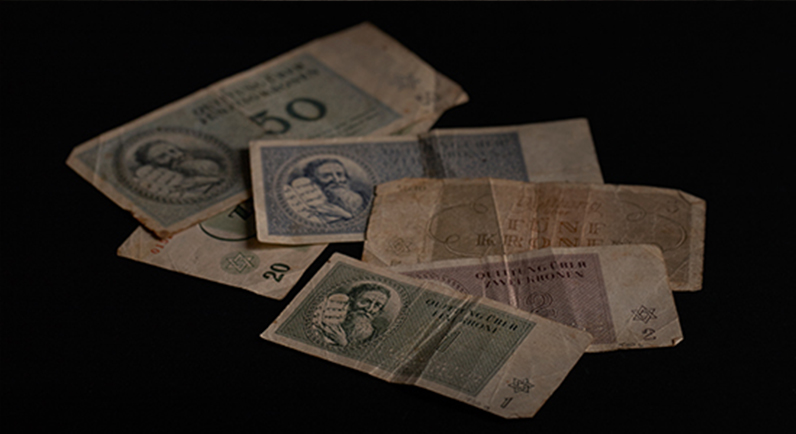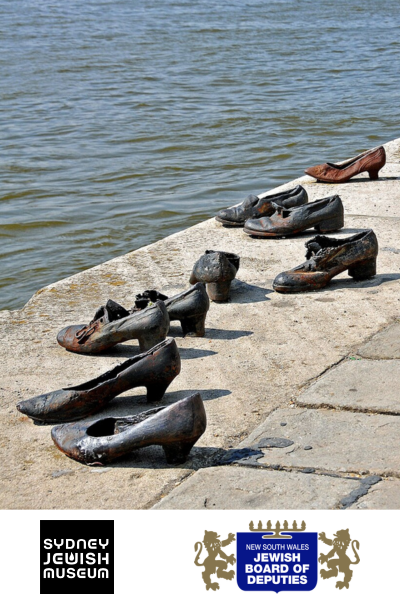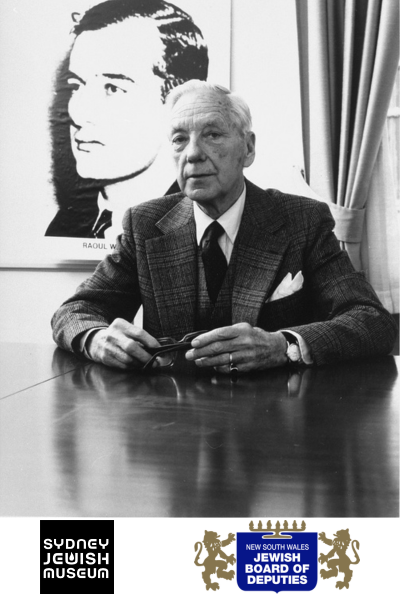Blog
December 7, 2017
The sinister banknote
Education Officer and Currency Aficionado, Simon Holloway, lets you in on some facts about one of the world’s lesser known, and incredibly short-lived, currencies.
Focusing on the currency issued by the Nazis in Theresienstadt, Simon explains that several of the ghettos and concentrations camps in operation as part of the Third Reich had Nazi-issued local currencies in circulation. The main purposes of these currencies were to defraud the population of cash and goods and, in so doing, create a false sense of stability amongst inmates. Money sent to inmates, as well as valuable personal effects, were exchanged by the SS for the local currency, which inmates could use only amongst themselves in their own micro-economy.
The Nazis issued local banknotes in the Theresienstadt concentration camp in mid-April 1943; the currency was referred to as the ‘Crown’. The notes themselves featured a lavish and thoroughly Jewish-themed design: a classically ‘Semitic’ profile of Moses holding the Ten Commandments, and the signature of Jakob Edelstein, the Elder of the Jews in Theresienstadt.
Their design tells us that not only were the banknotes lulling inmates into oblivion about their fate, but that they served a propagandistic purpose. Nazis were able to prove to bodies such as the International Red Cross how comfortable life was for Jews in this camp. This was communicated by means of a propaganda film made on-site (although never screened), and by allowing the Red Cross access into the actual camp.
In fact, the overwhelming majority of the population of Theresienstadt was murdered, including Jakob Edelstein, who was killed in Auschwitz in 1944.

People interned in Theresienstadt earned stipends of these Nazi-issued Crowns in the performance of their various jobs, and they were encouraged strongly to spend it. In actuality, there was virtually nothing that the money could be used for. Entering a café cost 5 Crowns, and consuming tea or coffee (both fakes, or ersatz) cost another 2 Crowns. Shops were erected in which people could purchase items confiscated from Jews when they entered Theresienstadt. However, the goods were priced so dearly that they were unattainable. Working men and women in relatively prominent positions, earned between 95 and 205 Crowns per month. As a result of the attainability of goods, the money never circulated. Borrowing books from the library cost a 50 Crown deposit, but since the money was effectively worthless, unable to give access to anything of real value, nobody ever bothered collecting their deposits back. By the end of the war, the Theresienstadt library had over 200,000 Crowns in uncollected deposits.
What is interesting when looking at the Theresienstadt banknotes on display in the Sydney Jewish Museum, is the near-pristine, mint condition of the paper notes. This is very telling of their existence as a vehicle for propaganda rather than an economic tool, and goes further to explain how there are so many notes that live in public and private collections today.






What’s On Newsletter
Keep up to date on all Museum events and exhibitions.